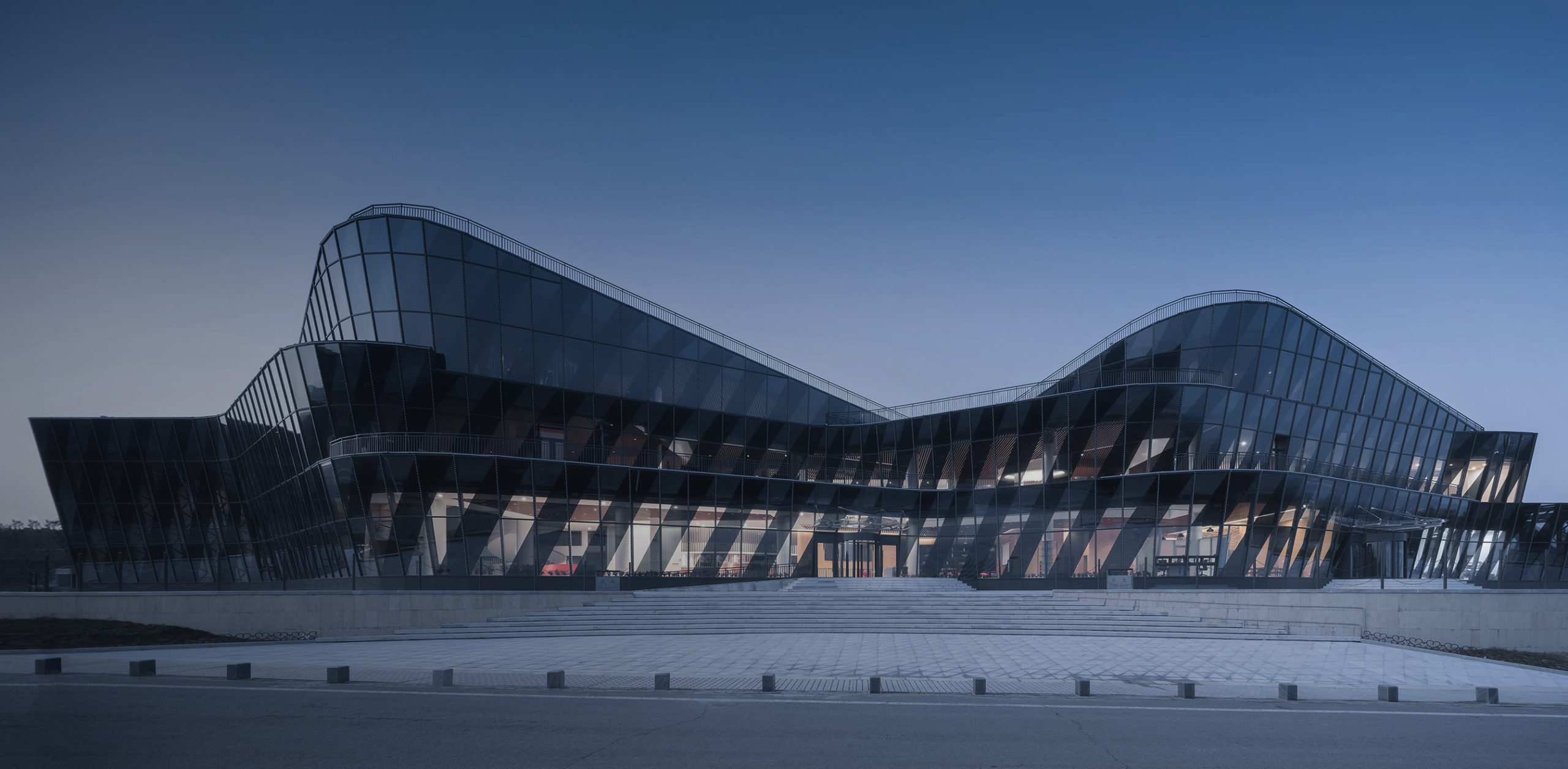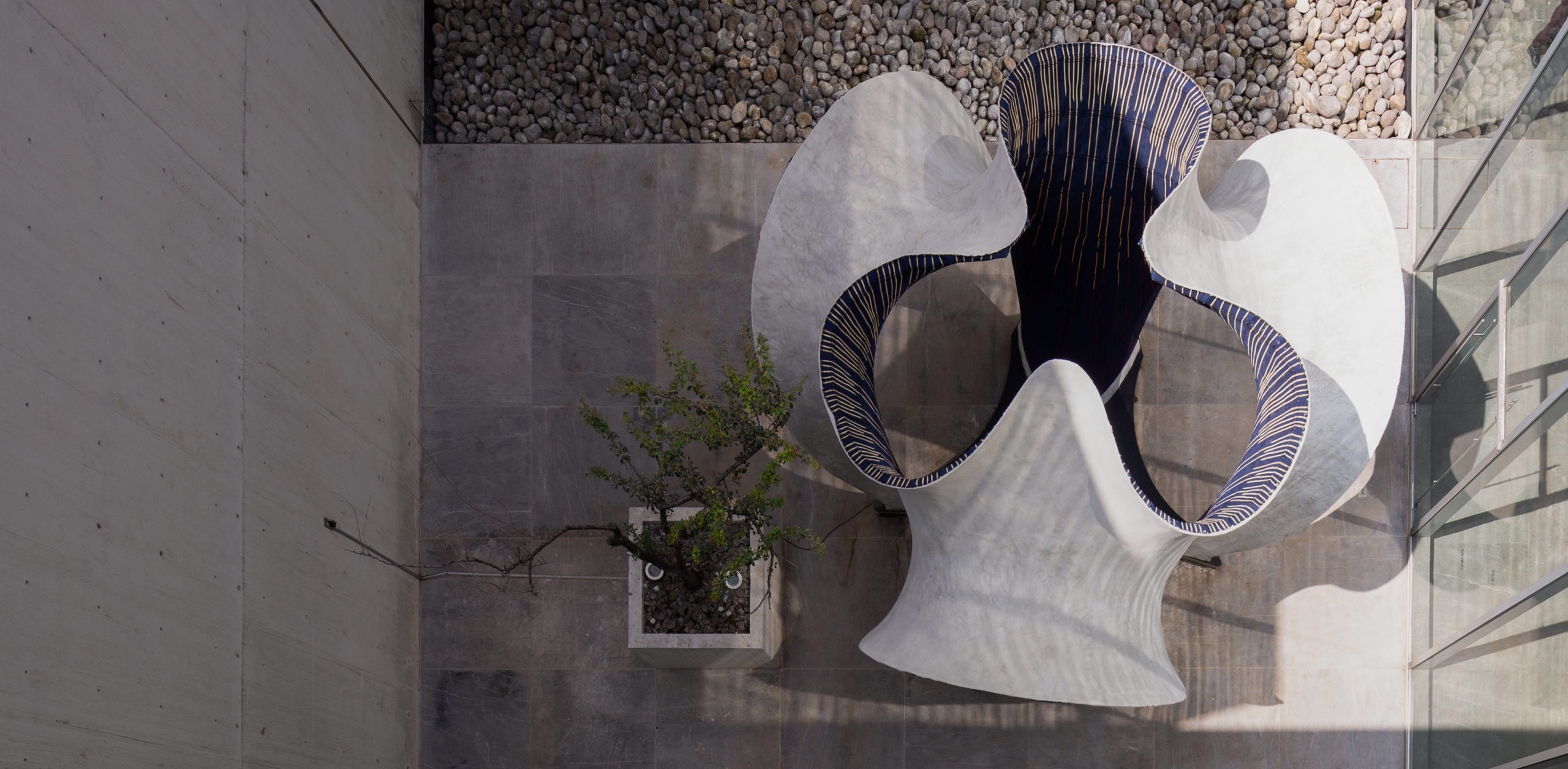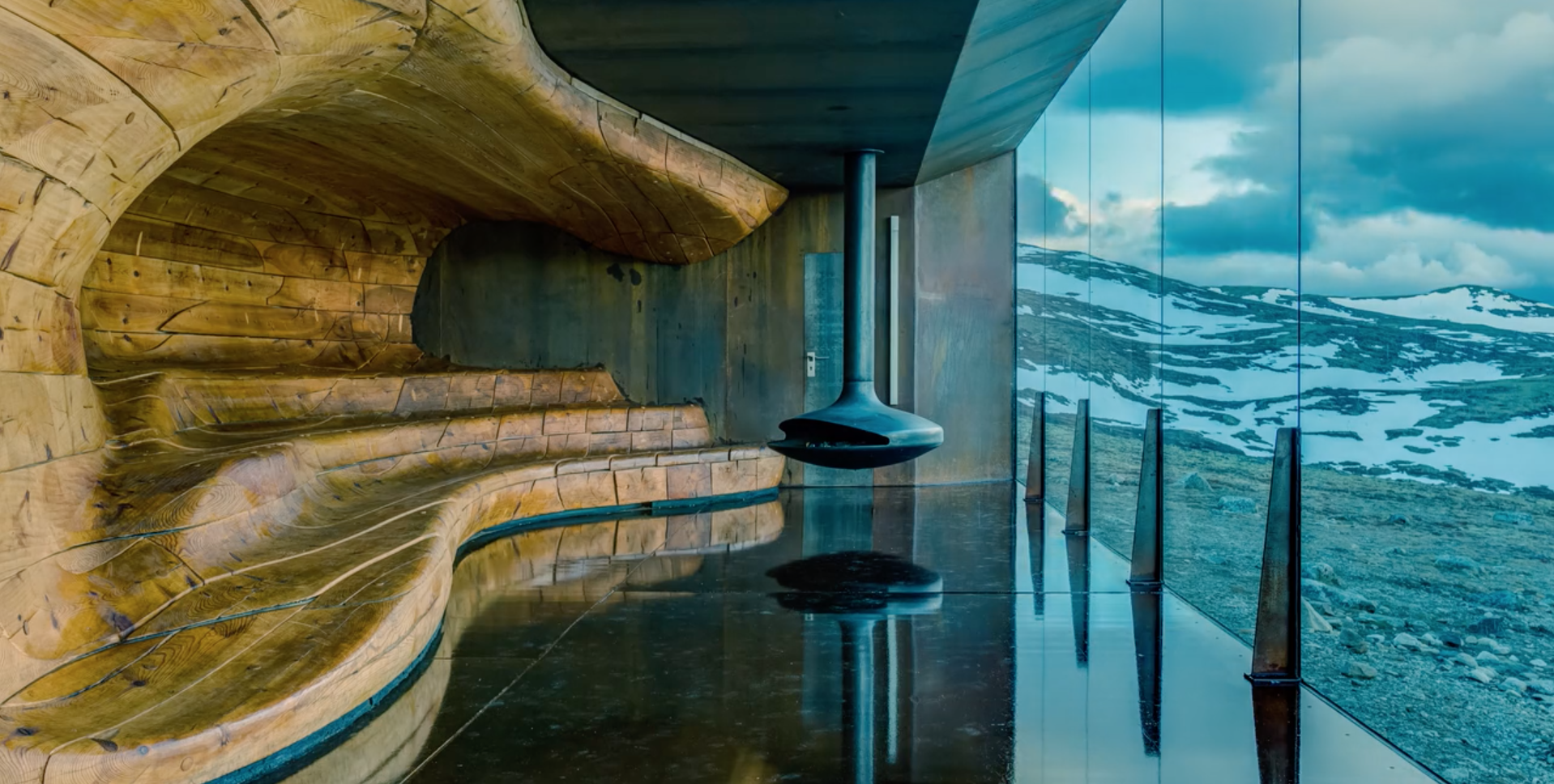It’s no secret that the rate of urban development in China has increased dramatically since the beginning of the 21st century. One could be forgiven for expecting the relentless pace of construction to inhibit Chinese architects. Might the ever-increasing demand for efficiency limit creativity and innovation within the profession? If recent A+Award-winning projects emerging across the country are anything to go by, the answer to that question is a resounding “no”.
Chinese buildings scooped an amazing 26 accolades in last year’s A+Awards — the world’s largest awards program for architecture and building-products — cementing the country’s position as one of the globe’s most innovative for architecture and construction. With young, dynamic firms across China on the rise, it’s worth looking at exactly how — and why — the nation’s architects have been so successful.
“As China has experienced rapid urbanization over 30 years, a series of issues have been exposed, relating to the ecological environment, historical culture, the construction of cities, and more,” said A+Awards juror Tang Hongjun, Dean at the Architectural Design & Research Institute, Tsinghua University. “In recent years, from the government and academia to ordinary architects, those critical issues have made us profoundly rethink how we design.”
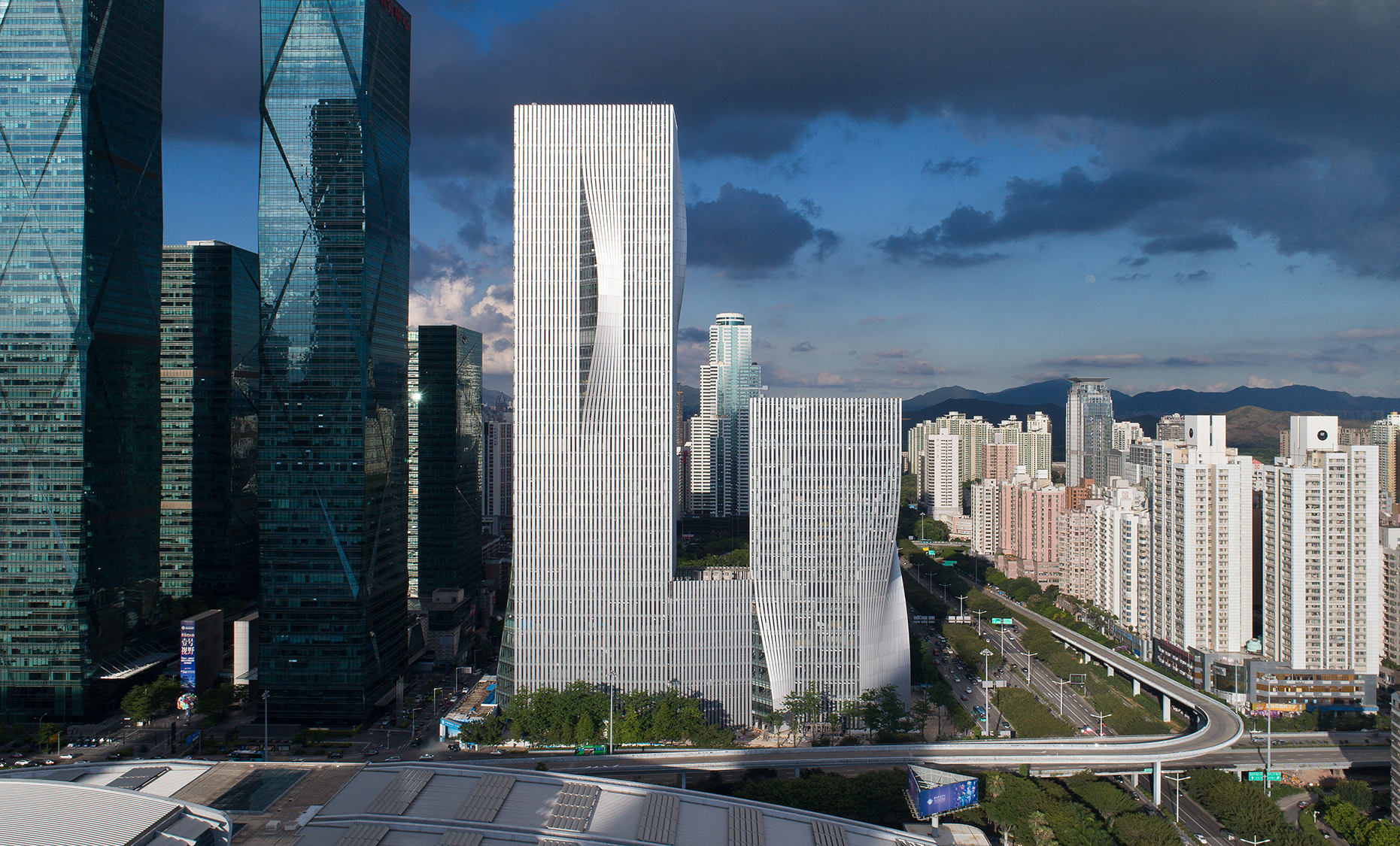
Shenzhen Energy Mansion by BIG -Bjarke Ingels Group, Shenzhen, China; image via ARUP
Local Design, Global Impact
Globalization has led to a symbiotic relationship between Chinese architects and internationally renowned firms from around the world, many of which have been drawn by the unique challenges of building in China. “Chinese architectural culture plays an important role in the evolution of world architecture,” commented Hongjun. “In recent years, China’s giant market has attracted numerous foreign architects to crystalize their design concepts. Globalization enables Chinese and foreign architects to learn from each other.”
Chinese projects by some of the world’s leading European and American firms are a testament to this fact. For example, the A+Award-winning Shenzhen Energy HQ — designed by Danish firm Bjarke Ingels Group (BIG) — brings fresh thinking to the high-rise typology, cloaked in an innovative façade that minimizes solar heat gain. American firm asap (adam sokol architecture practice) also secured an A+Award for the striking metal interior of X-House, an achingly cool showroom in the heart of Beijing.
The vast majority of winning projects across the country, though, were produced by Chinese architects: Emerging firm OfficeOffCourse was the “People’s Champion” of last year’s A+Awards, scooping an extraordinary five Popular Choice Awards in a wide range of categories. OfficeOffCourse encapsulates modern Chinese practice: Founded in 2012 by Huang Zhe, Huang Li and Zhang Yao, the firm works “constantly, collaboratively and virtually” between offices in Shanghai, Hangzhou and Boston.
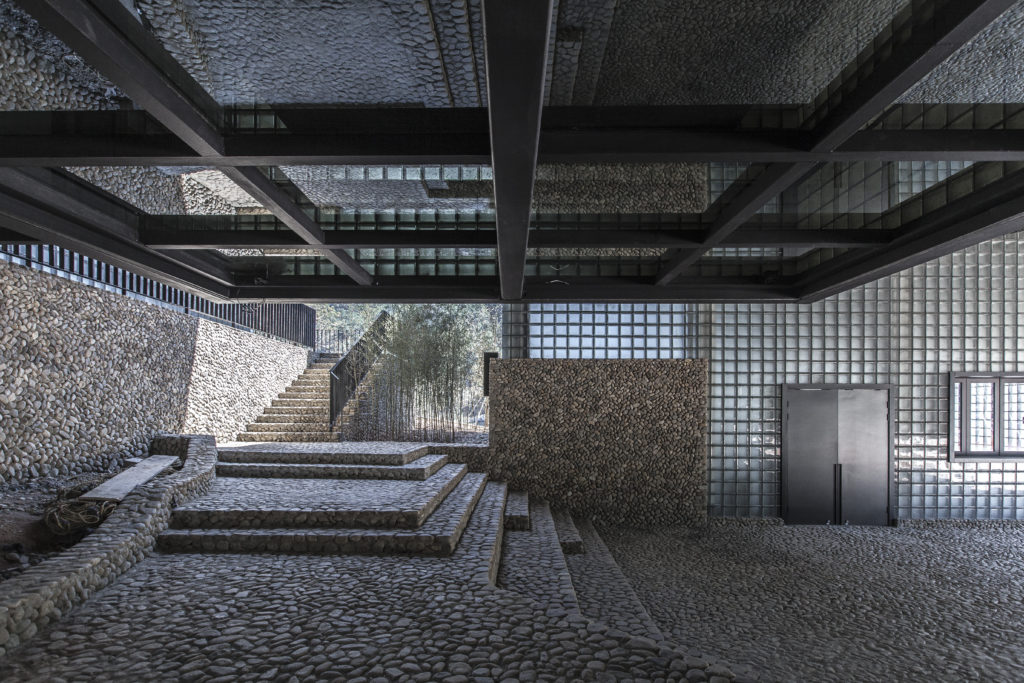
Longquan National Archaeological Park Exhibition Center by OfficeOffCourse, Longquan, Lishui, China
Architecture for the People
Given their recent record, OfficeOffCourse is well placed to speak to the future of Chinese architecture, particularly the changing nature of public space design in the country. In recent times, most ‘public’ spaces in China have tended to be located within gated communities, restricting access for wider communities. According to OfficeOffCourse, architects are beginning to address this issue.
“Many architects have been participating in micro renovations in the old, open neighborhood; on the other hand, several living quarters can be united as one area to enjoy connected and integrated public spaces,” explained Huang Zhe. “For example, Shanghai Gubei Gold Street is an pedestrian-only common space for the several gated communities nearby. The former strategy is relatively easier to conduct; the latter calls for joint, collaborative efforts.”
Zhe also points towards the changing scale of Chinese projects as a catalyst for more innovative developments: “In past decades, China has been the experimental field of mega-scale buildings for architects around the world. These kinds of opportunities are shrinking, but meanwhile, small-scale architecture — especially in villages — is growing rapidly. We believe that the new approaches to China’s vernacular architecture could have a great impact on the world.”
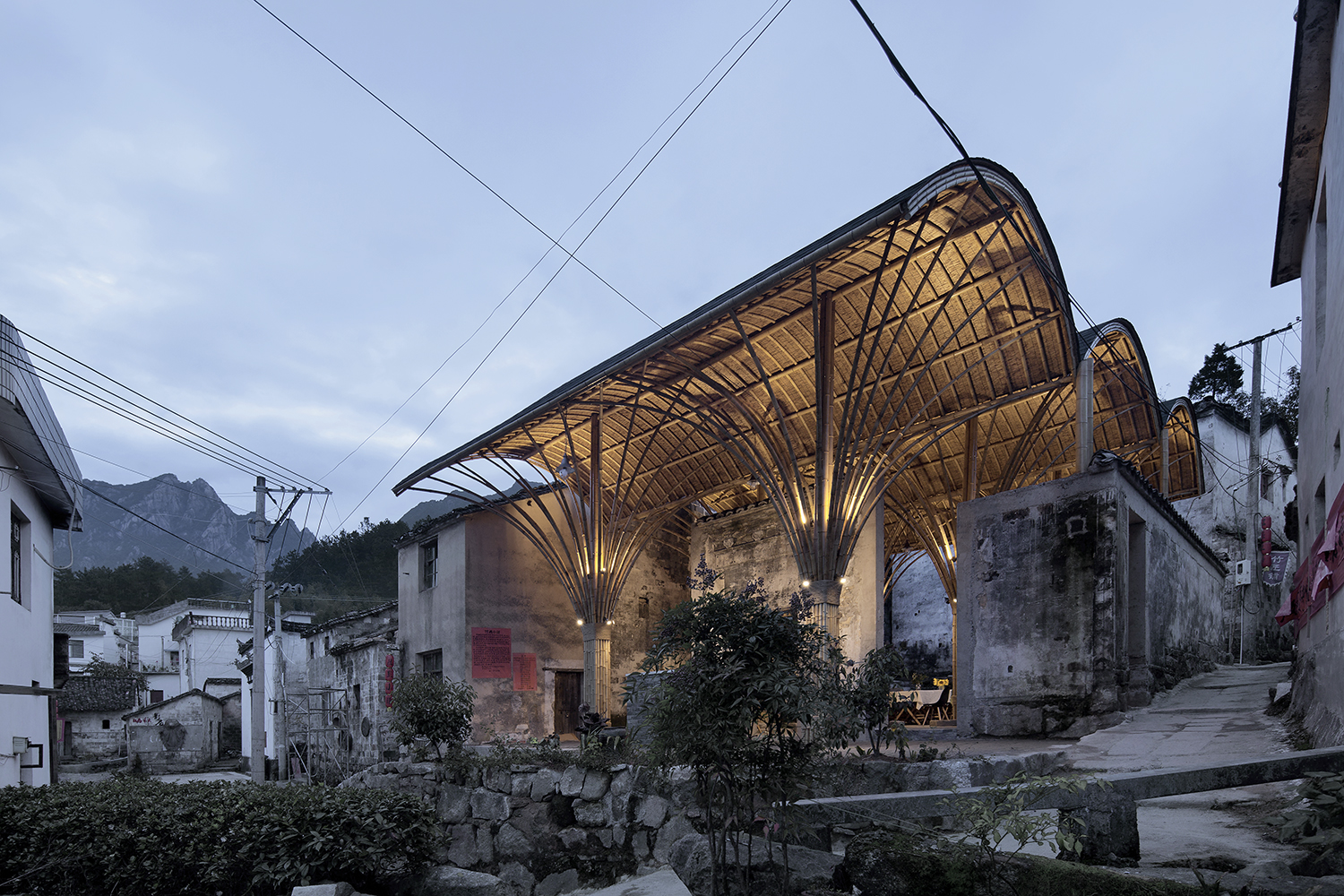
Village Lounge of Shangcun by SUP Atelier, Jixi, China
Fostering the Next Generation
Besides Office Off Course, another standout Chinese firm is SUP Atelier, which created one of last year’s A+Awards Projects of the Year: The Village Lounge of Shangcun, a brilliantly detailed bamboo pavilion that brings the local community together. SUP Atelier was founded by Professor Yehao Song, an educator and designer who epitomizes the close relationship between academia and the architectural profession in China.
In fact, the evolution of education in China is a key element in the development of a new generation of architectural talent. “The core of the architectural education system in China is that it’s rooted in the profound Chinese culture. We have our own excellent traditional architectural culture, craftsmanship and skills,” explained Hongjun. “As a new generation of architects, it’s vital we continue the heritage of traditional culture and skills, and then innovate on them.”
This fusion of age-old culture and modern innovation is the key to continued success for Chinese architects, and the signs are promising: Young, vibrant firms are pushing the boundaries of contemporary design, while recognizing and responding to the unique context of China’s highly varied regions. As a signal of what is to come from Chinese practice in 2020 and beyond, it will be fascinating to view the next array of A+Awards submissions.
Enter the 8th Annual A+Awards before midnight on March 27th, 2020 to be in the running for an iconic A+Awards trophy and global recognition. Winning projects get published internationally by Phaidon and are celebrated through the following year by millions on Architizer.
Top image: Yunmen Montain all-seasons Resort by ATAH, Qingzhou, Weifang, China, 2019 A+Award Popular Chocie winner in the Recreation Centers category
